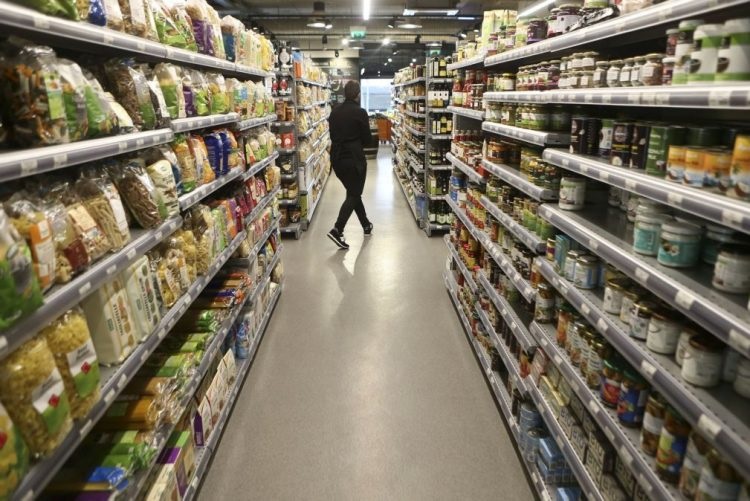Mozambique: Minister Muchanga in Geneva attending World Summit on the Information Society, AI for ...
Mozambique: Annual inflation falls to 4.19% in January – official

FILE - For illustration purposes only. [File photo: Lusa]
Mozambique recorded year-on-year inflation of 4.19% in January, compared to the same month in 2023, a sharp reduction from the 5.3% in December, according to data released today by the National Statistics Institute (INE).
INE’s data on the Consumer Price Index (CPI) indicates that Mozambique “registered an increase in the general price level of around 4.19%” over 12 months compared to January 2023.
“The education and food and non-alcoholic beverages divisions were the ones with the highest price rises, varying by 13.85% and 7.05% respectively,” INE said in the CPI report.
The institute adds that the country recorded a rise in prices of around 0.93% in the space of a month, down from 1.29% in December, with average inflation over the last 12 months falling to 6.54%.
Mozambique closed the year 2023 with 12-month year-on-year inflation of 5.30% and one-year average inflation of 7.1%, according to previous INE data, when the government’s official forecast was 7%.
The government announced on 13 February that the country would see economic growth of 5% in 2023 compared to 4.4% in 2022, highlighting an “economic expansion” that exceeded the regional average of the South African Development Community (SADC).
“Economic growth for 2023 reached 5%, compared to 4.4% in 2022, driven by extractive industries, tourism, agriculture, transport and communications, among others,” said Ludovina Bernardo, government spokesperson, moments after a meeting of the Council of Ministers, where the Economic and Social Plan and State Budget (PESOE) 2023 was reviewed.
According to the Mozambican government, growth was the result of policies and reforms implemented during the year, especially the economic reforms adopted to make economic activity in the private sector “more dynamic” and to attract investment.
“In this context, there was a positive trend in average inflation, which registered 7.1% against an initial forecast of 11.5%. Net international reserves were above the three-month forecast in the PESOE and reached the 4.3 months mark for the coverage of imports of goods and non-factorial services, translating into greater credibility and greater capacity to absorb shocks to the balance of payments,” added Ludovina Bernardo.












Leave a Reply
Be the First to Comment!
You must be logged in to post a comment.
You must be logged in to post a comment.